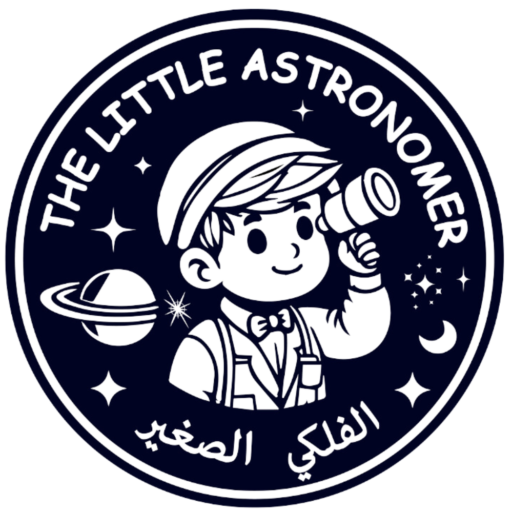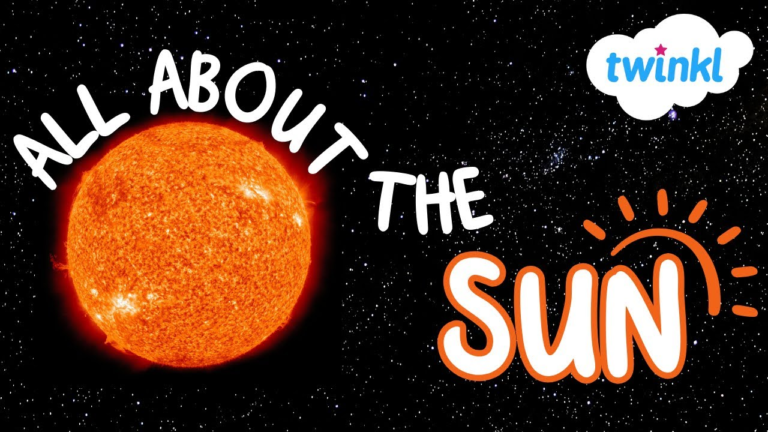
Introduction to Astronomy
Astronomy is the study of the universe, including stars, planets, and galaxies, and is one of the oldest sciences. For young minds and beginners, the sky can seem like a vast mystery. However, with the right tools and a bit of curiosity, anyone can start to unravel the wonders of space. This section aims to provide a fun, approachable introduction to the cosmos for kids, with simple explanations and exciting facts that will spark their interest in astronomy.

The Stars: Our Cosmic Neighbors
The night sky is filled with stars, some of which are much larger and brighter than the Sun. A star is a giant ball of gas, primarily hydrogen, undergoing a process called nuclear fusion, which releases enormous amounts of energy and light. To a beginner, the stars might look like little twinkling dots, but each one has its own unique characteristics. Some stars are closer to Earth, while others are so far away that their light has taken millions of years to reach us.

Fun Facts About Stars:
- The Sun is the closest star to Earth and provides us with light and warmth, making life possible.
- Stars come in different colors, from red to blue, and each color tells us about the star’s temperature. Red stars are cooler, while blue stars are much hotter.
- Constellations are groups of stars that form patterns in the sky. They have been used for navigation and storytelling for thousands of years.
The Planets: Our Solar System’s Family
Our solar system is made up of eight planets, all orbiting the Sun. These planets vary greatly in size, composition, and distance from the Sun. The four planets closest to the Sun—Mercury, Venus, Earth, and Mars—are called terrestrial planets because they have rocky surfaces. The other four—Jupiter, Saturn, Uranus, and Neptune—are gas giants and are much larger.
Fun Facts About Planets:
- Earth, the planet we live on, is the only planet known to have life.
- Mars, often called the “Red Planet,” might have had water in the past, and scientists are studying whether it could support life.
- Saturn’s rings are made of ice and dust, and they are the most famous rings in the solar system.
Telescopes: Your Window to the Universe
To really see the stars and planets in detail, we need telescopes. These instruments allow us to observe distant objects that are too far away for our eyes to see clearly. Telescopes come in different shapes and sizes, from small handheld ones to massive observatories like Hubble Space Telescope and the James Webb Space Telescope. These telescopes help scientists gather more information about the universe, enabling us to study the stars, planets, and galaxies far beyond our solar system.
Why Should Kids Care About Astronomy?
Astronomy isn’t just about looking at the sky; it’s about asking big questions and seeking answers. Kids who learn about the stars can develop important skills like curiosity, problem-solving, and critical thinking. For instance, when learning about constellations, kids begin to recognize patterns in the sky. This fosters an interest in math and science, while also helping them appreciate the beauty of the universe.
Astronomy also teaches us about our place in the universe. By exploring the stars, we realize that we are part of something much bigger than ourselves. Understanding the vastness of space can inspire awe and wonder, encouraging kids to think about their role in the world and the environment around them.
Current Research and Discoveries
Scientists continue to make exciting discoveries in astronomy, many of which are accessible to beginners. For example, in recent years, astronomers have discovered exoplanets—planets that orbit stars outside our solar system. Some of these exoplanets are located in the “habitable zone,” meaning they might have conditions suitable for life. The discovery of these planets is a major milestone in the search for life beyond Earth and has sparked the imaginations of young astronomers everywhere.
Additionally, missions like NASA’s Perseverance rover on Mars have allowed scientists to explore the Martian surface in more detail. The rover is searching for signs of ancient life and collecting samples to send back to Earth for further study. These missions provide exciting opportunities for kids to learn about space exploration and its real-world applications.

Conclusion: Your Journey Into the Stars Begins
Astronomy is an exciting adventure that allows kids and beginners to explore the mysteries of the universe. From the twinkling stars above to the planets in our solar system, there is so much to discover. Armed with a telescope, a curious mind, and the desire to learn, any young person can start their journey into the vast world of space.
So, next time you look up at the night sky, remember that the stars are waiting for you to explore. Who knows what you might discover next!




